Since I last wrote after I returned from Wikimania, I have been working on getting version 2.0 of the website up to scratch! The new version of the website is set to launch this October, which meant there was a lot to get done before then.
Firstly, the website framework was due for an upgrade from Nuxt 2 to Nuxt 3. Nuxt is a javascript web development framework based on Vue.js, designed to make it easier to build fast and dynamic websites by handling much of the configuration and setup for developers. This upgrade was crucial for the website’s longevity and security, making it a top priority. This was something I had never done before, so I was a bit apprehensive. This did end up being quite a long challenging task as lots of the packages used in the website were not compatible with Nuxt 3 meaning I had to do quite a lot of problem solving and research to find new packages which could provide the same functionality and have a similar user interface. I learnt a lot from this process and had to be quite patient because at times I wasn’t sure if I was going to be able to get everything working, – for example the clustering of markers on the map – but after lots of trial and error and research I found a solution and felt proud of myself.
We also worked on some exciting new pages:
Map of Memorials & Sites of Interest: This is an interactive map showcasing memorials across Scotland dedicated to those who suffered during the witch trials, along with other sites of interest such as execution sites, prisons, meeting places, and museums with witchcraft displays. The purpose of this map is to document how the witch trials have been memorialised over time, and increasingly in recent years, and to provide people interested in the Scottish witch trials with locations they can visit.
This project involved an initial research period carried out by Ewan McAndrew, Ellie Whitehead and myself. We sought to identify memorial locations to include by reading books, searching the internet, and having discussions with Professor Julian Goodare. During these discussions, it became clear that several monuments are not based on actual historical events. For example, the Maggie Wall monument in Dunning—there is no evidence that Maggie Wall existed or was executed as a witch. However, we still found locations like this of interest in understanding how stories of witchcraft have been passed down through generations.
To differentiate between various types of sites, we created three categories: memorials, sites of interest, and tourist attractions. This allowed us to classify each location appropriately. After the research stage, we created Wikidata items for each location, adding any available images from Wikimedia Commons, coordinate locations, links to external websites, and street addresses. This data was then used to query and display these locations on a new webpage, where they are plotted on a map.
To provide further information to users, Ellie Whitehead wrote descriptions for each location in the database, explaining how the site is connected to the Scottish Witch Trials and addressing any misconceptions about historic fact vs folklore.
Once we had collated all the information needed and created all Wikidata items I developed the website page and Stewart Cromar created new icons from the same woodcut of the North Berwick witches that the original icons are from.
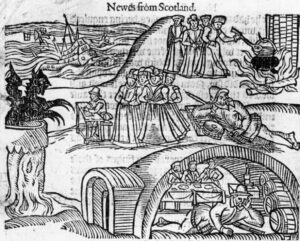
North Berwick Witches Woodcut – Newes from Scotland
This was a particularly rewarding page to create, as it involved multiple stages, including research, brainstorming ideas, designing the interface, and development. The result is a page I believe users will love, and that I feel proud of, as I believe it helps represents how the injustice of the Scottish Witch Trials has been commemorated across Scotland.
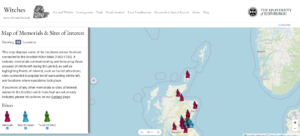
Memorials Page
Further Reading: A list of books, journals, and articles recommended by Professor Julian Goodare (director of the Survey of Scottish Witchcraft) and Ellie Whitehead for those who wanted to learn more about the Scottish witch trials. Links are provided on where they can be accessed.
Glossary: A glossary containing terms used across the website, along with their meanings, was created to help users understand specialized vocabulary, as the filter lists may include terms that are not commonly known. We wanted users to have an easy way to discover the contextual meanings to get the most out of the website. Ellie Whitehead used the glossary from the Survey of Scottish Witchcraft as a base, then added any additional terms from the filters that might not have an obvious meaning. After she compiled the list of terms and definitions, I created the web page. We decided it would be helpful if the list could be sorted either alphabetically or by category, making it easier for users to find terms.
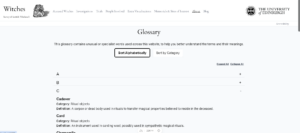
Glossary Page
Introduction to Scottish Witchcraft: A page offering contextual information on the Scottish witchcraft trials to help users understand the historical background and significance of these events. We decided to include a video of Professor Julian Goodare for users who find it easier to learn from video content or those looking for more information, and who better to learn from than the creator of the Survey of Scottish Witchcraft himself!
Initially, we planned to create a short, 5-minute general introduction to Scottish witchcraft. However, but given Julian’s incredible wealth of knowledge, we asked him additional questions we thought people would be most interested in, resulting in more videos about the Scottish Witch Trials and the Survey of Scottish Witchcraft to add to the website.
We recorded these videos in the University of Edinburgh’s Media Studio at Argyle House. I thoroughly enjoyed using this space, as it allowed us to create professional-quality videos. The studio is fully equipped with tools like a teleprompter, TV backdrop, light boxes, a microphone, and, of course, a camera.
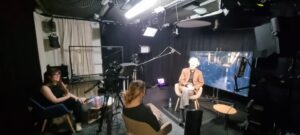
Media Studio
Currently these new pages and upgrade are getting reviewed by web developer Andrew Millington before getting deployed to the site in order to make sure that the code is maintainable, working as intended, and a user friendly interface. Once these have been reviewed and all issues that come up resolved then the website will be ready for it’s version 2 launch!! I’m really excited for this to go live so everyone can see all the work mentioned (above) that I’ve been working on for the last year and all the previous interns’ work too!
(CC BY 4.0)
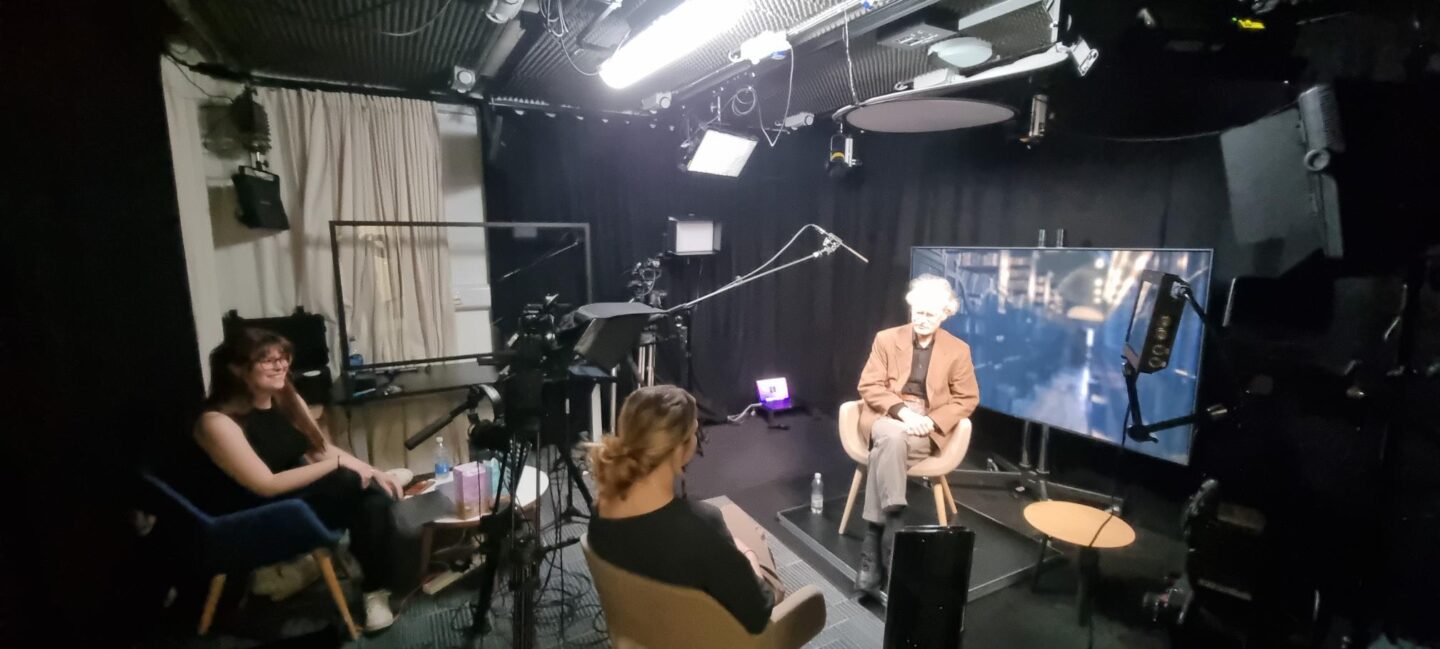


Leave a Reply